Pěknej článek, díky Viky 
18.2.2007 Celtic furnace from the time of Caesar
Categories: Finds and rescue research in the Czech Republic
Archaeologists found a rare Celtic furnace from the Caesar period during the modernisation of the so-called Apponyi Palace in Bratislava. In addition, there was a grave from the Great Moravian period under the building.
Nowadays, the Apponyi Palace has been repaired and is used by the City Museum, which presents the history of Bratislava. Part of the exhibition is also a found furnace, which dates back to the period when several thousand Celts lived in the territory of today's capital of Slovakia.
Archaeologists later said that the furnace had a circular grate up to 156 centimetres in diameter. Its western part collapsed into the lower chamber. The eastern part remained intact. In front of the furnace was a pit from where the smoke led into the furnace through two channels. The clay dome covering the chamber has not survived, which archaeologists say is quite common.
There was an oppidum where the oven was found. "The discovery documents the presence of the Celts in our territory," said archaeologist Zdenka Thurzíková. Fifteen such ovens have been found in the area before.
According to experts, the object found in the basement of one of the wings of the Apponyi Palace is also interesting. It has a rectangular plan with dimensions of 123x130 centimetres. Its vertical walls were originally made of wood, as can be seen in the pits in the corners of the building. It is believed to have been a well, which was about 480 centimetres deep. It has probably been repaired twice.
Inside, archaeologists also found several objects such as knives, a hook, pottery and a large number of animal bones. The second well was located in the courtyard of the palace. It had a rectangular plan of 140x150 centimetres. It reached a depth of 311 centimetres. In addition to the aforementioned items, archaeologists also found fragments of Latin pottery such as pieces of plate.
Another great discovery are two graves from the 9th to 10th centuries. In addition, in the area in front of the gate, archaeologists also found the remains of an earthen house from the 12th to 13th century. The youngest finds include 17 Hungarian denarii.
It was the archaeological excavation at that time that complicated the overall reconstruction of the palace. It lasted from November 2005 until October 2007. The Apponyi Palace was built by Count Juraj Appyponyi. He entrusted the work on the building in today's Radniční Street to the architect F. A. Hillebrandt. He used the area created by the unification of two original medieval plots.
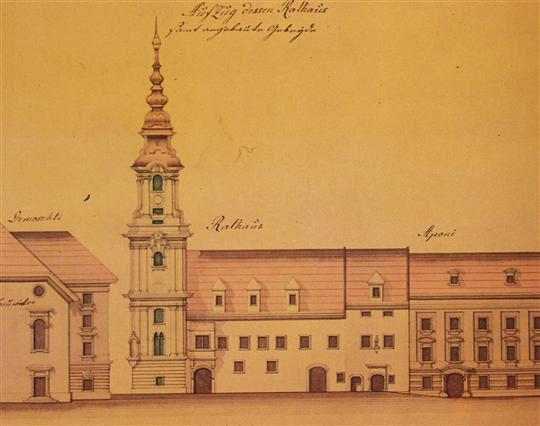
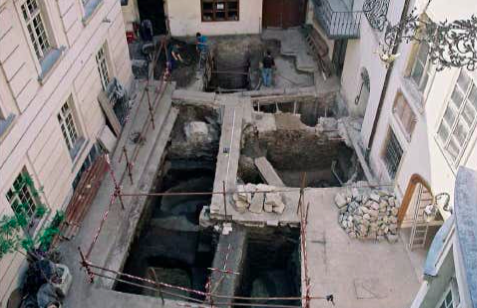
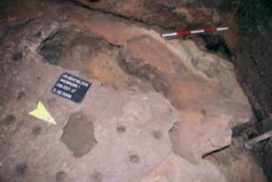

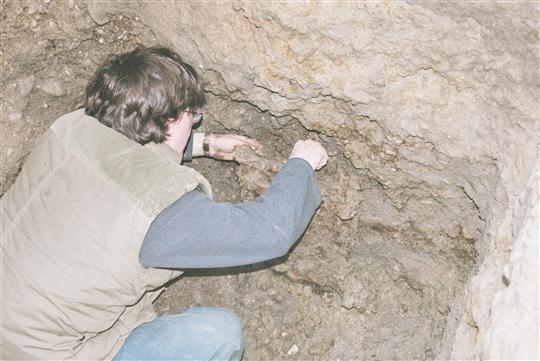
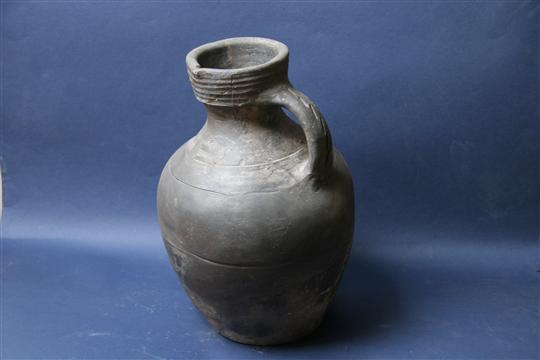
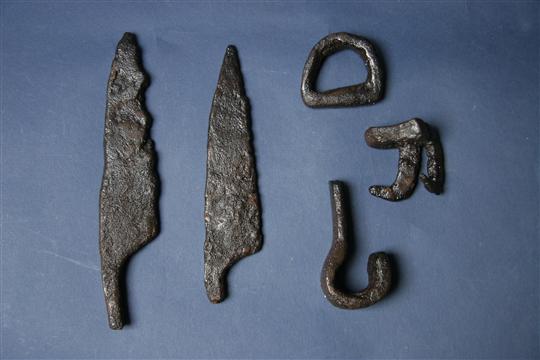
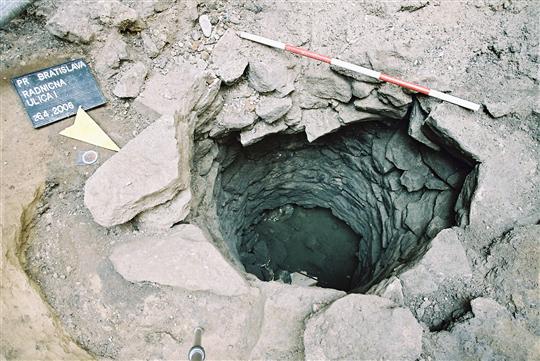
Sources: www.aktualne.cz, www.sme.sk, Monuments and Museums.
The article is included in categories:







